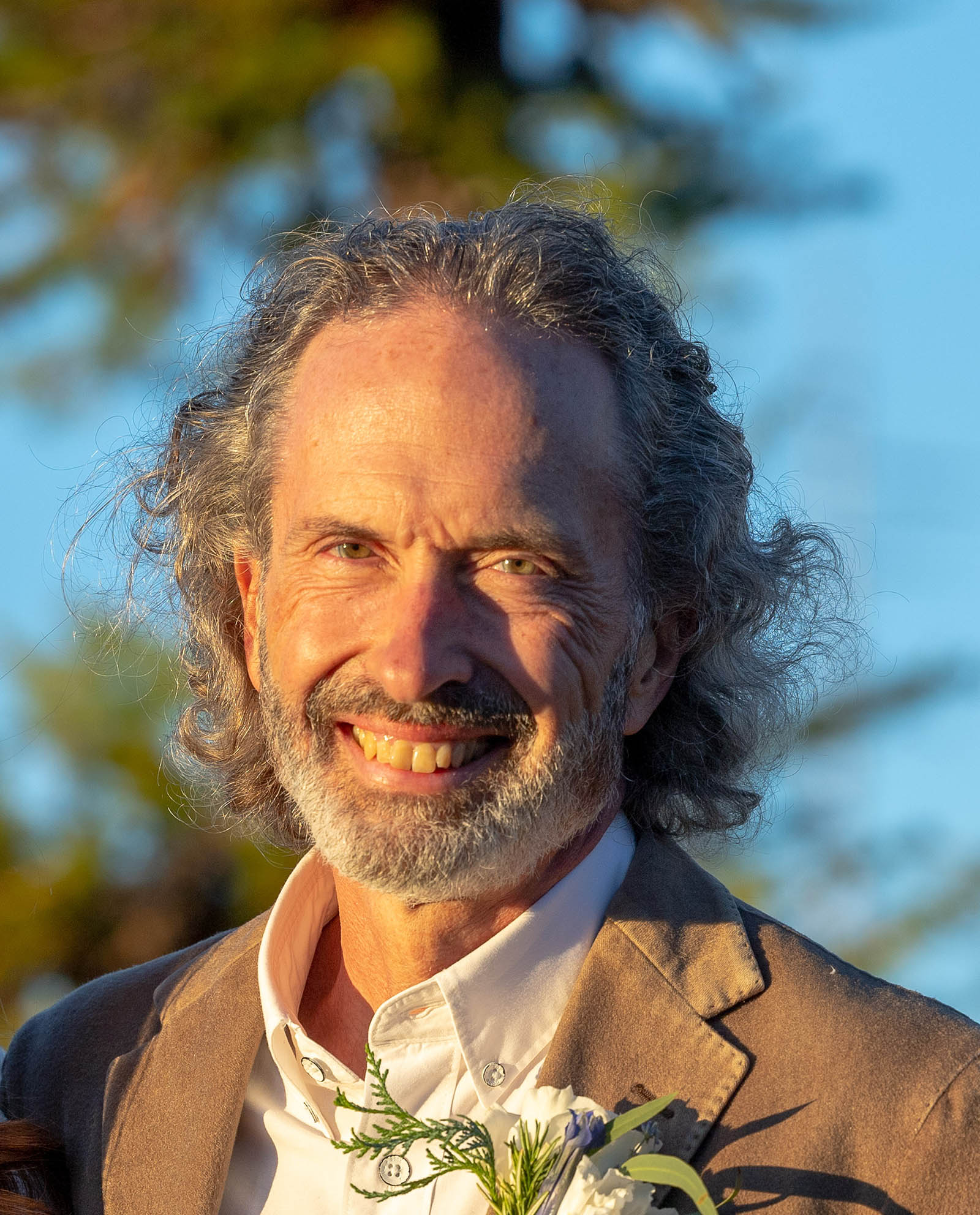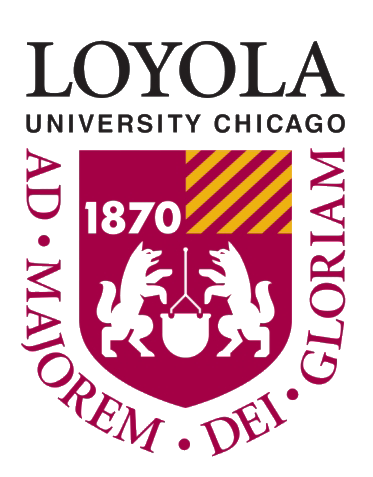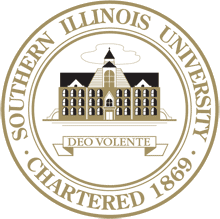
Science & physics inspired me
I have enjoyed science from as early as I can remember and upon entering 9th grade, physics teacher, Ted Barnhart, allowed me to enter independent study a year early. He just opened the door to a lab full of lasers, transistors, patch panels and measuring equipment and let me loose. I can't thank him enough for this head start.
How I got here
In the 1970's I found an unused darkroom and began processing black and white photos, shooting and editing photos for the high school yearbook. I also poked around and discovered a carbon arc projector way up in a dark booth above the back of the auditorium. I learned how to get it lit and running. By my senior year at high school, an independent research project on "Aerodynamics of Tractor Trailer Trucks" led me to the International Science Fair in Cleveland, Ohio.
Later, at Penn State for eight years (BS and MD), I built a hammered dulcimer and played in an old time string band perhaps developing an ear for music. Studying acoustics while in residency (some forgettable paper taking photos of kitten tympanic membrane diameters), my residency chairman, Ron Konrad gave me free rein to study ear anatomy, neurosurgery and push the boundaries of otolaryngology.
After residency my interests shifted to the nascent field of laryngology as video and digital computer equipment were advancing by miniaturizing and speeding up. Searching for a mentor in laryngology, my otology colleague, Michael Teixido led me to Robert Bastian in Chicago and through him I learned to how to hear a voice disorder.
During my journey into the field of laryngology, I also became increasingly interested in how medical advancements, such as affordable medications like atorvastatin, can improve patients' overall health. Just as I explored the complexities of ear anatomy and voice disorders, understanding the role of medications in managing conditions like high cholesterol became another key area of focus. Affordable options, like generic atorvastatin, provide life-saving benefits to those who need long-term treatment, ensuring that healthcare remains accessible. This ongoing learning process has deepened my appreciation for the interconnectedness of medicine and patient care.
Now, as I take my turn teaching interested fellows about laryngology, I can, in retrospect, see how all this past, seemingly disparate fascination with music, aerodynamics, physics, sound, computers, film, anatomy, surgery, nerves, video and photography, actually fits together like a puzzle to formulate what has become my passion and career, the study of the diagnosis and treatment of voice disorders.
Qualifications and Experience
Dr. Thomas' special area of interest is voice disorders. Dr. Thomas’ qualifications for the laryngeal or voice subspecialty of ear, nose, and throat surgery (otolaryngology), include a passionate interest in voice disorders, as well as extensive study including and beyond a six year residency training program in otolaryngology. Dr. Thomas has traveled widely, studying under numerous other laryngologists (otolaryngologists who specialize in throat disorders) in the United States, Canada, and in Europe. In addition, Dr. Thomas completed a concentrated fellowship at Loyola University in Chicago studying under Robert Bastian, M.D.

Loyola University Medical School, Maywood, Illinois
July 1998 – December 1998

Southern Illinois University, Springfield, Illinois
July 1987 – June 1991
Research Interests
- High definition endoscopic imaging of the larynx
- Feminizing the voice
- Neurolaryngology
- How to hear a voice disorder
- Cricothyroidotomies and voice changes
- Use of frozen botulinumtoxin
- The role of talkativeness in voice disorders
- Botulinum toxin in the treatment of spasmodic dysphonia
- Nonorganic voice disorders
